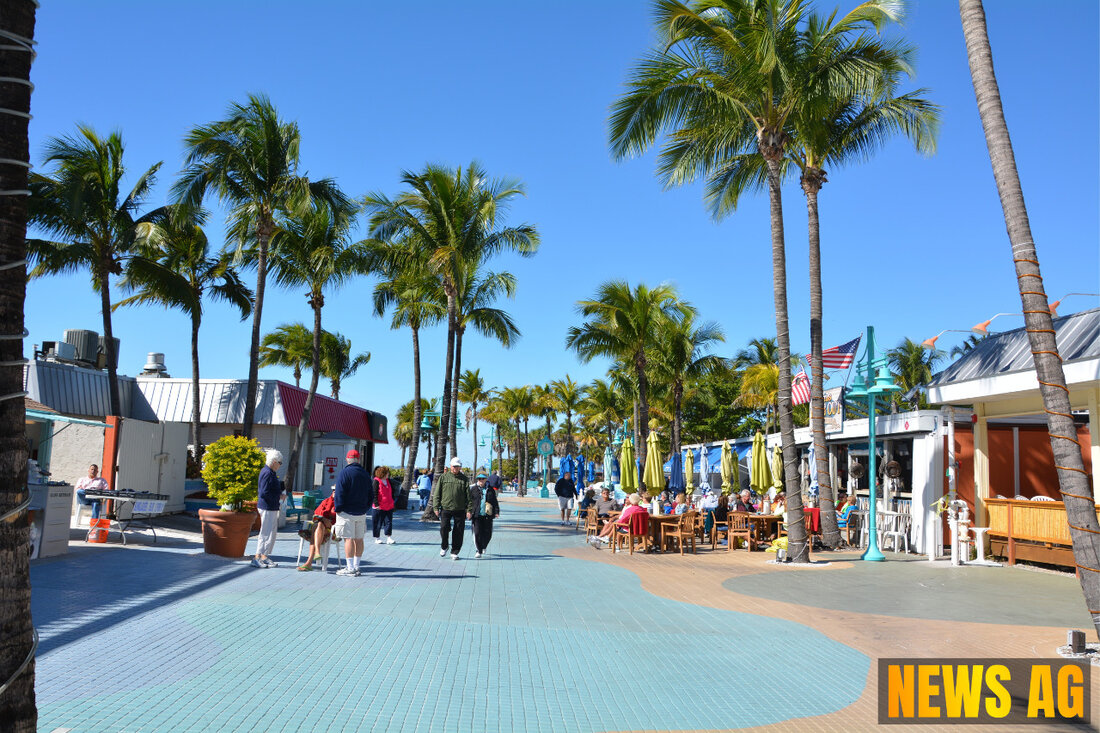Bold Move: Michael Owen Proposes Tampa-Only Transit Agency to Replace HART
Republican Rep. Michael Owen proposes dissolving HART to create a Tampa-only transit system, addressing funding and mobility issues.

Bold Move: Michael Owen Proposes Tampa-Only Transit Agency to Replace HART
In a bold move that could reshape public transportation in the Tampa area, Republican Representative Michael Owen is making headlines with his intention to dissolve the Hillsborough Area Regional Transit Authority (HART) and establish a new Tampa Transit Authority (TTA) operating solely within the city limits. Owen, who represents House District 70, is slated to introduce the legislation by October, aiming for a swift transition away from HART amid its ongoing financial struggles. He argues that most riders of HART originate from Tampa itself, suggesting that a city-based authority could simplify funding and governance responsibilities for transit.
This proposal comes as part of a broader conversation regarding transit options in the greater Tampa area, which has been struggling to balance service demands and financial viability. HART, once a beacon for transit services, now faces criticism over its financial sustainability, prompting Hillsborough County Commissioner Josh Wostal to propose a transit sales tax confined to Tampa city limits. This tax could help alleviate property taxes while simultaneously boosting urban transit funding.
The Transition Ahead
The proposed legislation from Owen would effectively phase out HART, transitioning to the TTA. However, it would leave about 1.1 million residents outside Tampa’s city limits with potentially no transit options. Wostal believes that Hillsborough County could still fund transit services independently or through interlocal agreements, acknowledging the challenges posed by urban sprawl affecting funding capabilities for areas outside the urban core. While Owen’s vision seeks to streamline and improve public transit for Tampa’s urban population, it raises questions about access and equity in transit services for those living beyond city limits.
Interestingly, this proposal is not designed in isolation. Mayor Jane Castor has been proactive in addressing mobility issues through the Tampa M.O.V.E.S. program (Mobility, Opportunity, Vision, Equity, and Safety), which aims to enhance transport options in line with extensive public input. The initiative outlines transport objectives for the next 30 years, focusing on strategic transit projects and integration of green spaces and trails as viable transport routes. It’s evident that the city is striving for a comprehensive plan to address the long-standing mobility challenges.
Riding with HART
Currently, HART provides various services to the community, including its Bikes on Buses program, which allows folded bicycles on all HART buses and HARTFlex vans. This initiative highlights the importance of cycling as an integral part of the public transport experience. Bicycles, however, must meet specific guidelines—only those that fold, do not exceed 55 lbs, and can be secured in a designated area are permitted. Such programs could play a role in future discussions about mobility in Tampa, particularly as the city aims to reinvent its approach to transportation.
Despite these innovations, the city’s spokesperson, Adam Smith, has yet to comment on Owen’s ambitious proposals, noting that the city has not yet been briefed on the potential legislative changes. As the public eagerly anticipates a response from city officials, the dialogue around transit equity and accessibility remains paramount. Will Owen’s plan be the answer to Tampa’s enduring transit dilemmas, or will it inadvertently deepen the divide between urban and suburban services?
As we navigate these critical developments in public transport, residents must remain informed and engaged. The future of Tampa’s transit landscape hangs in the balance, driven by both policymaking and community needs.
For more details on Owen’s proposition, check out the full report from Florida Politics. Insights into HART’s current functionalities can be explored through their official guide available here, while the comprehensive Tampa M.O.V.E.S. plan is outlined in detail on the City of Tampa website.

 Suche
Suche
 Mein Konto
Mein Konto